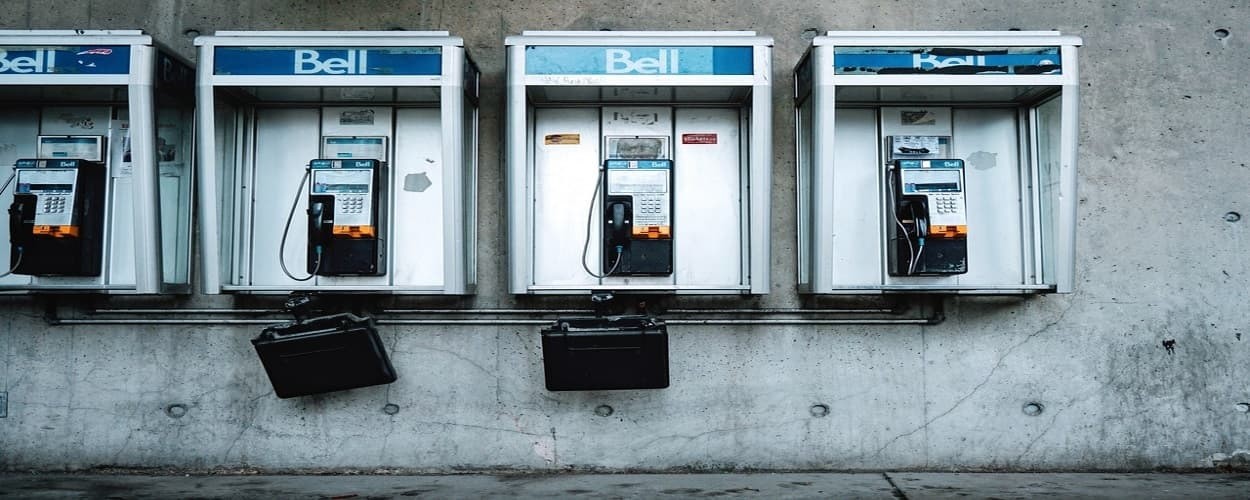
This week at J.Schmid, we’re working on an important fax blast for one of our clients. You read that right. A fax blast. Single page. 8.5 x 11. All black type to avoid pricey color printouts on the customers’ end. Promoting a big discount on one of their best-selling items to a group of non-responders. And we project it’s going to be a very successful campaign.
“It’s just crazy enough to work!” we said.
“What’s old is new again!” we added.
“It’s the new disrupter!” we joked.
“Huzzah!” we cried.
But this wasn’t a ridiculous idea at all. In fact, our client had taken important steps to come to this solution, and we could all take a page out of their playbook when it comes to non-responders. We all have them. The folks that won’t buy, or won’t reactivate, or won’t provide their email address. The ones that systematically ignore all of our best marketing efforts, no matter the offer. But if you’re determined, you’re diligent and you deliver – you might find a way to reach the seemingly unreachable.
1. Determined to find out what makes your non-responders not respond? Recognize you’re probably doing something wrong for this group.
Question everything. Who are they? Is there something they might all have in common that isn’t immediately recognizable? What are you sending them? Again, is there a commonality they share that might drive product preference, offer or otherwise than your responders? What do they want? And when and where do they want to hear from you? If you’re ‘zigging’ for your customer base, you might need to ‘zag’ to get the attention of your non-responders.
2. Ready to do some due diligence? Do your research.
Remember the Ziploc moment? When 1:1 researchers stood in kitchens all over the country and watched as people got frustrated when the single-zipper bags wouldn’t hold? The a-ha moment. Game changer. Now we enjoy the double-zipper bags, and Ziploc enjoys more success. Not everyone has Ziplocs’ budget. But to figure out what you’re doing wrong, you’ll need to dig a little. Online quantitative research is affordable and accessible; qualitative focus groups can give you even better insight to the mindset of non-responders. Or have a summer intern pick up the phone and call them. The idea is to get beneath the typical data set that we look at when we try to understand our audience segments and find the real commonality that binds them.
3. Want to deliver? Meet your customers where they are.
This is the fun part: testing what you’ve learned about your non-responders. Be creative based on what you’ve learned. Do they all love pink? Do they live in 1-story houses? Don’t have pets? Their names start with T? And consider how to ‘zag’ to meet them where they are with a different product assortment, a different offer, a different tone, a different format… or a different channel.
This is what our client—a multi-million dollar, B2B company—has done. Ten percent of their customers were not responding to anything, even though they ‘looked like’ a best customer in all the usual ways. So, our client picked up the phone and talked to some of them.
This week they will meet those non-responders where they are… which is (apparently) standing around the fax machine.
Tags: cross-channel marketing, customers, fax, marketing, Michele Drohan, non-responders, Research
